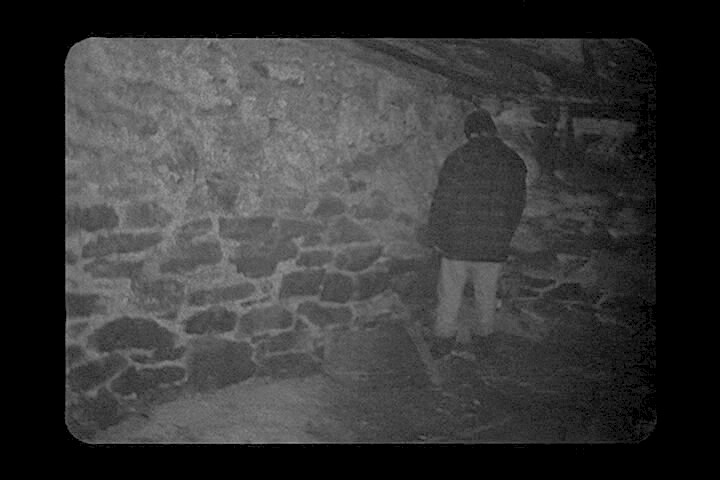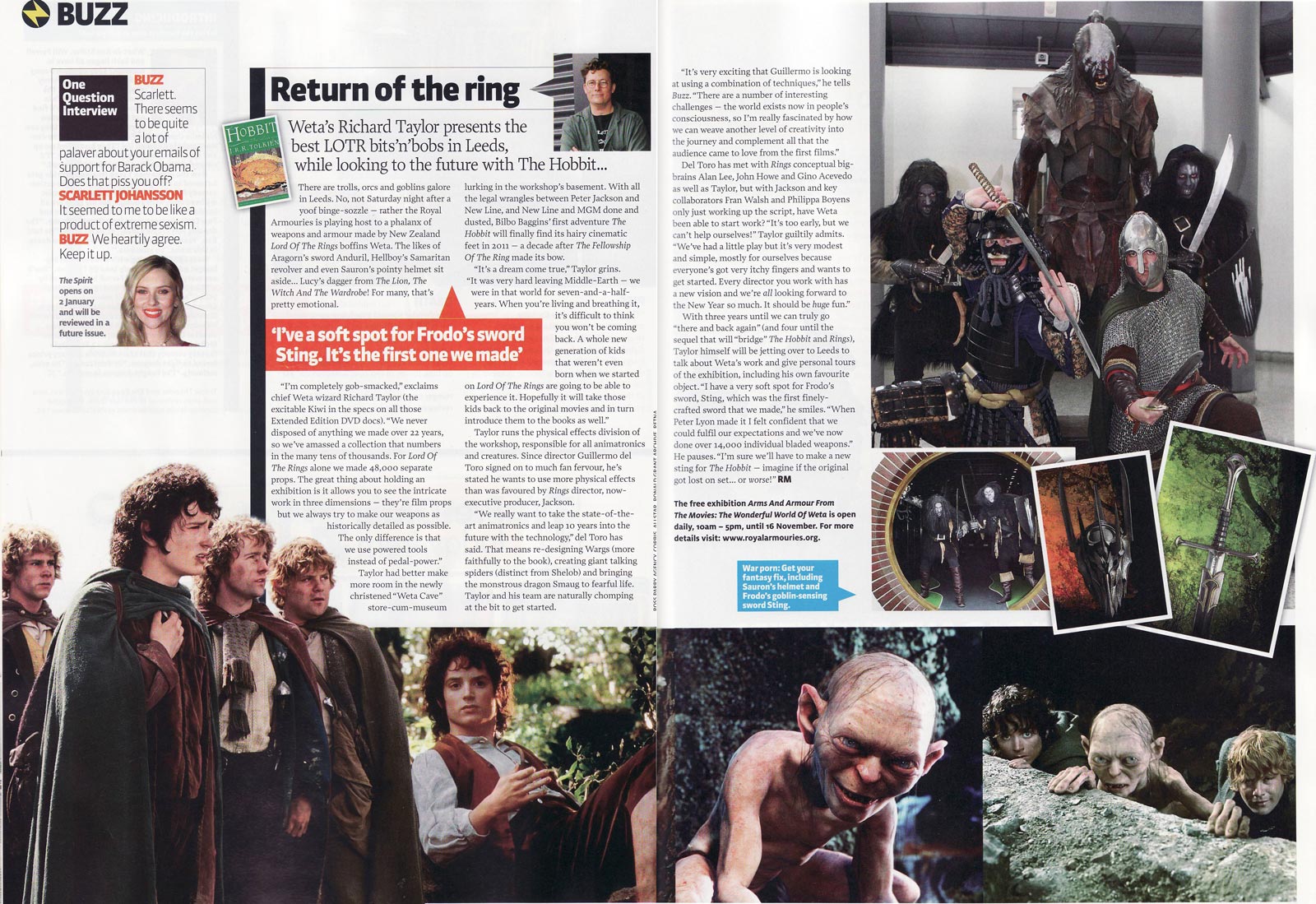IN WHAT WAY DOES YOUR MEDIA PRODUCT USE, DEVELOP OR CHALLENGE FORMS AND CONVENTIONS OF REAL MEDIA PRODUCTS?
One of the first tasks i did was look into codes and conventions of short films so i could apply them to our film. It was important that i understood the codes and conventions of short Horror films as this would determine whether our film would turn out good or bad.
To gather these codes and conventions i searched for short films on google where I was able to find a very useful channel 'Future Shorts' which has lots of short films made by directors all over the world and with many different genres . The company Future Shorts is a well known distributor of short films whose main aim is to further the short film industry by promoting the films at Film festivals they host. For more info on Future Shorts click HERE.
After watching and analysing some of these films i was able to create a list of codes and conventions i could apply to my film:
- There are usually only about one or two characters in a short film.
- Short Films tend to have a very low budget.
- The central protagonist will always remain center screen when possible.
- Short films always have a twist to them, by having a immediate narrative change at the end to shock the audience.
- There is not much dialogue in short films.
- There are lots of camera angles used, a popular camera angle choice is point of view.
- Usually short films use the cheap option of black background and white font for titles
- Voice overs are a popular method of sound in short films.
- Mainly the narrative is centered around a central protagonist.
- Short Films usually last about 1-5 minutes.
- .The point of view angle shows the world from the central protagonists view.
- A lot of short films simply show real life with one change that is then portrayed as normal.
- There are usually only about one or two characters in a short film - We only use four characters in our movie,two which are dead bodies so the characters of Norman and the tied up girl are the main ones the audience should follow.
- Mainly the narrative is centered around a central protagonist - The Narrative revolves around the character of Norman who is the central protagonist of the film. We use his name as the title and keep him in the center of the screen at all times to connote the importance of the character to the audience.
- The central protagonist will always remain center screen when possible- Our central protagonist remains center screen when possible at all
- Short films always have a twist to them, by having a immediate narrative change at the end to shock the audience -Our short film does this as it signifys all the way through that Norman is innocent by implying that he only just finds the bodies when the audience sees them on the screen but when it goes to the house scene the audience immediately puts the pieces together in their heads and realises that Norman is the killer. He changes his clothes and his attitude to connote the narrative change.
- A lot of short films simply show real life with one change that is then portrayed as normal -We did not include this convention in our film as we believed that having our film set in reality would be more appropriate and make it more scary due to the fact of it being set in reality. The voicover radio broadcasts anchor this fact of reality too so the audience knows that the film is not set in another world.
- There are lots of camera angles used, a popular camera angle choice is point of view-We used this in an intertextual reference to the movie halloween at the start when he walks into his house but also we used it a bit to show the central protagnists point of view as he was moving around so the audience could see what he was seeing and try to connect with him.
- Voice overs are a popular method of sound in short films- We used voice overs in the form of radio news reporters in my film. They were designed to put the audience into a false sense of security like this guy cannot be the killer and anchor the preffered reading of the film that he is innocent.
- There is not much dialogue in short films- We used this convention as we felt that if the character said to much it would give away too much of the plot which would create an oppositional reading and that sense of mystery like who is this guy and whats going on would also be lost.
- Short Films usually last about 1-5 minutes- The film lasts just over 5 minutes but this did not happen to challenge the conventions. We felt that when we were editing the film needed more time to build up tension but if we decide to re submit our coursework we may end up shortening the film.
- Usually short films use the cheap option of black background and white font for titles- We decided to ignore this convention by using Red coloured Font from Livetype for our title, This signifys that violence will occur in the movie which fits in with the theme of our film. Also we felt that the black and white titles were boring and would not fit well with our film.
- Short Films tend to have a very low budget- We had a very small budget for our film as we borrowed cameras and equipment to film from school. the most we spent was about £15 on the props for the house scene and Normans costume.
As we developed our ideas we looked at many different Horror movies to find Codes and Conventions of the genre and get some Inspiration. For more detailed analysis into the Horror Genre Click HERE.
Here are the two main Intertextual refernces we used in our film:
- We made an Intertextual Reference to the Film 'Psycho'. We Based the character of Norman on Norman Bates from the film as he is seen as an Innocent throughout but at the end of the film 'Psycho' it turns out that he is the killer and not his mother. We have used this idea in our film as it turns out Norman is the killer at the end too. I also made another Intertextual Reference to Psycho when making the film poster as i overlayed a skull over the top of Normans face to get a more evil look which has been used in this picture too. (see above)
- We made an intertextual reference to the Blair Witch Project. Most of our Camera Shots were quite shaky and we used a lot of point of view shots which are used in the Blair Witch Project to make the whole movie seem more real and disturbing.





























